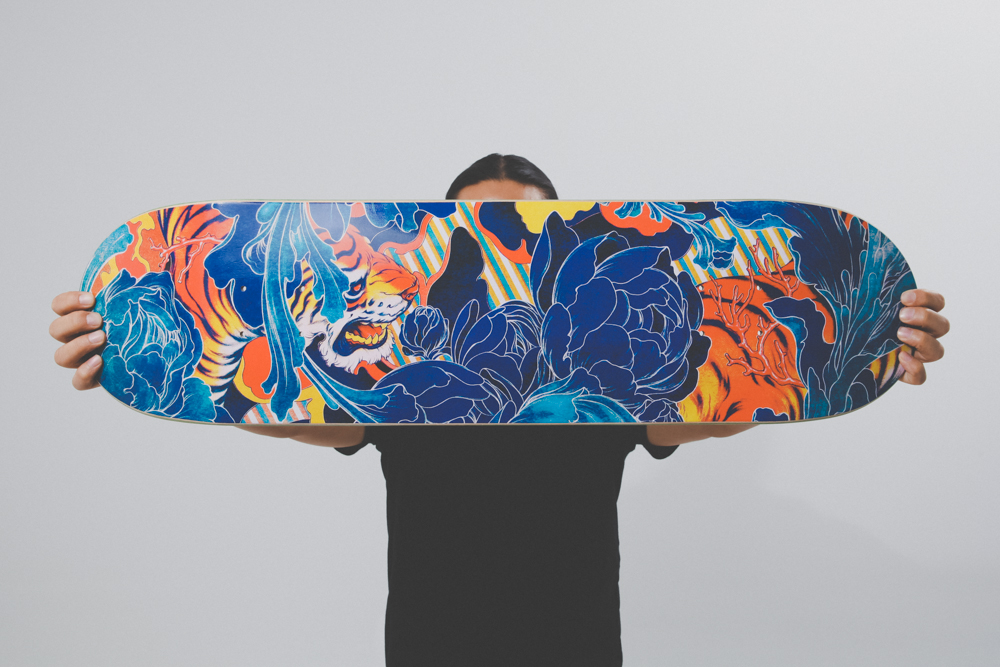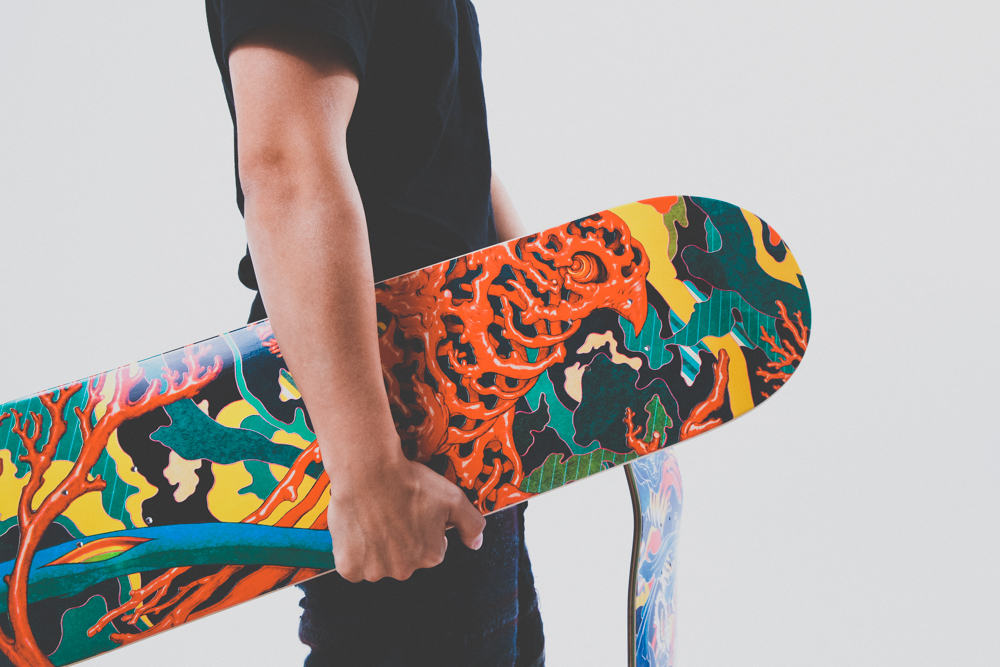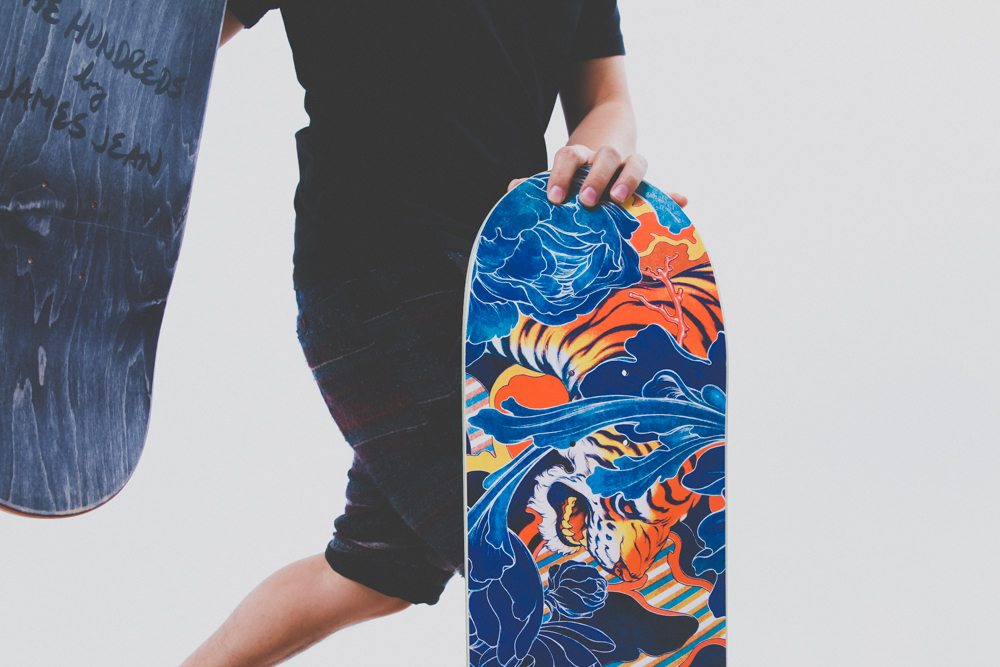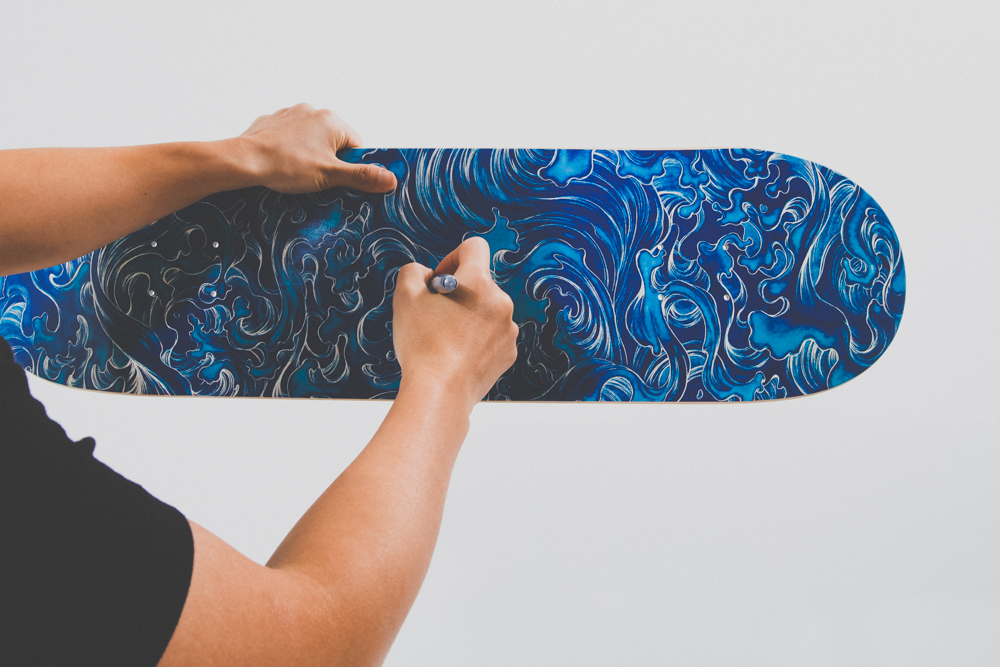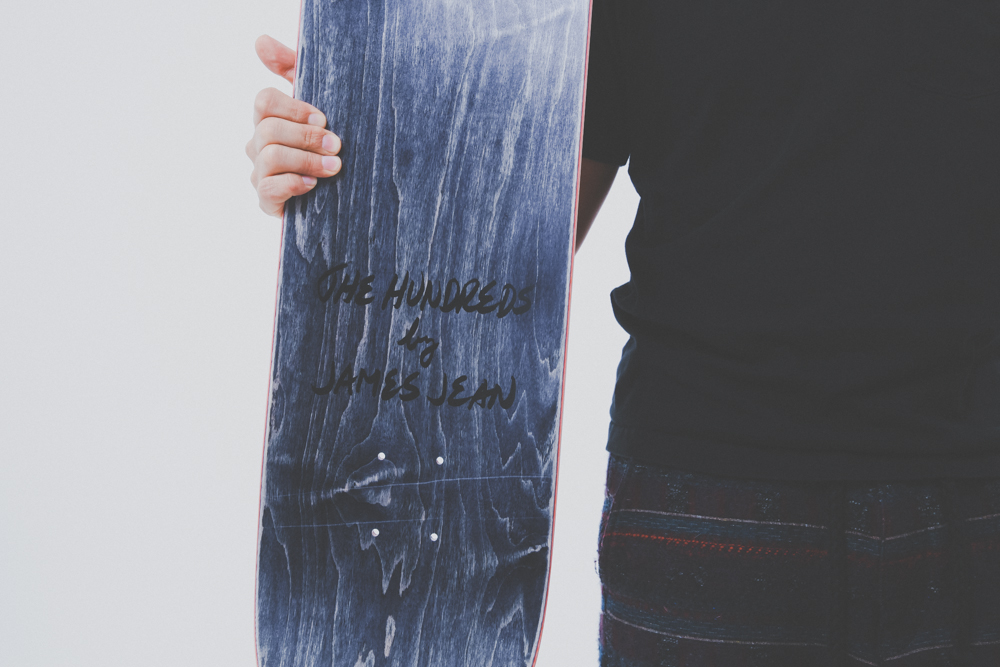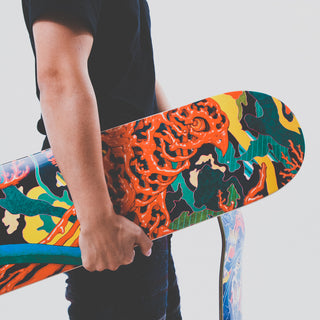I hadn’t heard from James in maybe a year. I wasn’t too worried – time flies pretty fast these days, and I’m sorta busy, although my friends are much busier. Last May, I retrieved an email from my Junk Inbox. Buried between Cialis spam and earnest letters from an African prince, I would have missed this alias’ email entirely if it weren’t for the subject header: “James Jean.”
“I’m not sure if you had heard, but I moved out of the country and went into hiding in February,” he explained, “...I had to give up everything: the house, the studio, the car. I closed all of my accounts and credit cards, and flew into the jungle to escape...”
James had a favor to ask. He wanted me to remind the world that he was still here. He would never say it, but most artists and designers would – James Jean is maybe the best living illustrator, and one of the most proficient fine artists, alive. He got his start in the comics universe, acclaimed for his DC Comics and Fable covers. But when he segued into painting, high-end line Prada approached him to work together. His pieces draped the shop interiors and manifested onto clothing, handbags, and shoes. His next project in the fashion world would be collaborating with Philip Lim. I had last seen James at his solo exhibition under the Martha Otero Gallery, “Rebus.” And that was virtually the last the larger art community had seen of him as well.
James wanted to work on something together. He started shooting over all sorts of pieces he had worked on in this distant, far-off place that he couldn’t and wouldn’t disclose. Pen sketches, loose paintings, notebook illustrations… Between myself, our team, and James, we finally settled upon some select artwork to be used for T-shirt graphics, headwear, and skateboard decks. The results were striking. The Hundreds by James Jean was born.
As we build up to the collaboration’s release at the end of next week, I wanted to take the time to introduce you to the man as mythical as his work. Please meet my friend, James Jean.
Where are you?
I’m in a good place, emotionally.
Can we get into what happened?
No.
Why did you say yes to doing a collaboration with The Hundreds?
You asked me back in the day to work together, but I had declined since I wanted to focus on painting. Since moving out of the US and retreating from my career, I wanted to somehow get my work back into circulation in an accessible way, and, in a particular, to collaborate with friends and good people. So I hit you up, knowing the devotion and breadth of your audience and appreciating how much you’ve contributed to the culture in LA.
Prada approached you a few years ago to work on a project. How did that come about, and what was it like working in that medium?
I was originally asked to create a mural for the SoHo Epicenter store in New York. They asked me to create a second mural for a fashion show in Milan, and it seems that they liked the work since they decided to incorporate it into the clothing and the collection. It all happened very quickly and serendipitously – there were no meetings or production briefs. Soon after the collection launched, I wrote and designed a short animation to flesh out the collaboration. Basically, I had complete freedom to create the work based on a few key words, and they ran with the drawings and remixed them into the clothing, advertising, and physical environments.
What does it take to make it as a gallery artist, a fine artist? Is it as much about the skill and technique as it is the politics and who you know?
It’s very political, but the work and the vision has to be strong. There are a million technicians out there, but very few true artists. It’s necessary to have strong advocates of your work and people to place it in the right context.
There’s an elegant beauty to all your work, but upon closer inspection, there can be a subtle violence to the matter. What’s that all about?
It’s more interesting when things are bittersweet. I’m offended by pure prettiness.
Everywhere I see you, you’re carrying your sketchbook, filled with the most intricate and complicated drawings. How do you know where to begin? And where to end?
Frequently, I’ll start something with no plan or idea of where it’s going to go. These drawings are done in pen, so there’s no erasing, no retreating. The drawing ends when anything I add feels like mere decoration.
What kind of stuff did you like drawing and/or painting as a kid?
I never painted; that didn’t happen until college. But I always drew and doodled in the margins. Faces, twisting bodies, abstract motifs. When I was 13, I read my first comic book, and I was mesmerized by the anatomy and the way artists could describe different surfaces and materials with inked lines, from the way veins would course over stretched ligaments through spandex to the way an underboob would catch reflected light.
This is the difference between you and I. I have 15-year-old Filipino sneakerhead fanboys. Your followers are comprised of beautiful cultured women. I gotta know what that’s like…
It’s very revenge-of-the-nerd.
From an outsider’s point of view, your career took 2 chapters. First, there was the comic book illustration part. Then the fine art came in. Are they independent of each other, or are both needed to tell the story of James Jean?
It had always wanted to be a fine artist – my intention was to illustrate part-time to make a living while I made my personal work. But intentions are laid waste by destiny.
That being said, what does the next chapter hold?
Crafting an image is like trying to create a visually transmitted disease. I just want to infect as many people as possible.
